Cheiracanthium furculatum [Common House Sac Spider]
Hello, Hive!
Back with another spider who often gets a bad reputation. But, really, these spoods are just snuggly cuties. They're the long-legged sac spiders. No need to cue the dramatic music, these spiders are completely harmless. There is a myth about them circulating which is just plain unfair and causes so many needless deaths of these gentle spiders.
The myth goes that their venom is cytotoxic. This has been disproven with chemical analysis of the venom and also with studies on bites themselves 1. So where, then, does this myth come from? Mainly, it's perpetuated because people don't look after their wounds and keep them clean. Much easier to blame a harmless spider than to take personal responsibility for health.
I may be a little bitter, but it's with just cause. The long-legged sac spider, and indeed all sac spiders, are not at all medically significant and they do not deserve to be killed en mass.
• CHEIRACANTHIUM FURCULATUM •
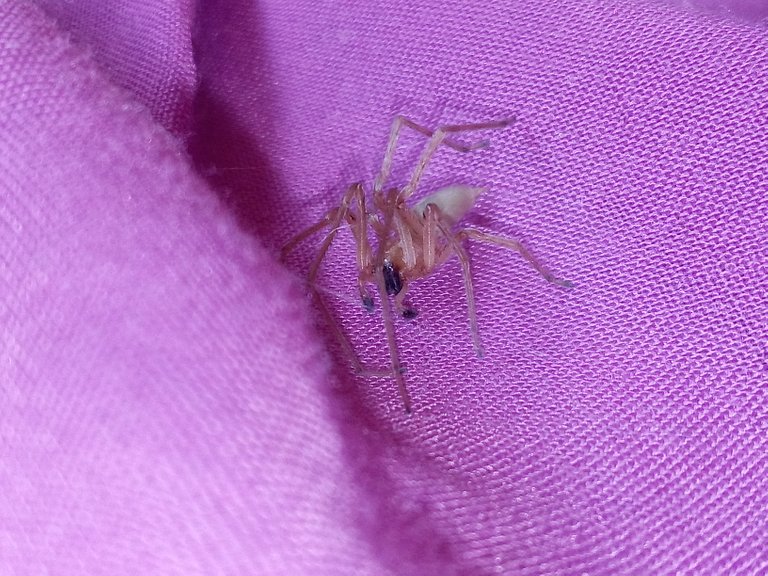
Look at that face!
The common name for these sac spiders differ wildly and regionally. Long-legged, black-footed, black-faced. All those point to spiders in the family Cheiracanthiidae. And, granted, the spiders in this family sometimes look so similar that it's easy to misidentify them.
This dashing young male belongs in the genus Cheiracanthium, and are known in South Africa as the Common House Sac Spider. Spiders in this family are spread world-wide and are often encountered in the folds of clothes where they make their sacs to retreat in. This is often also why so many people report being bitten by sac spiders, because the spider is being squashed against your skin and it needs to get free to survive. The bite isn't sore, generally, just a little pinch. But enough to hopefully let the spider escape death.
• GENUS •
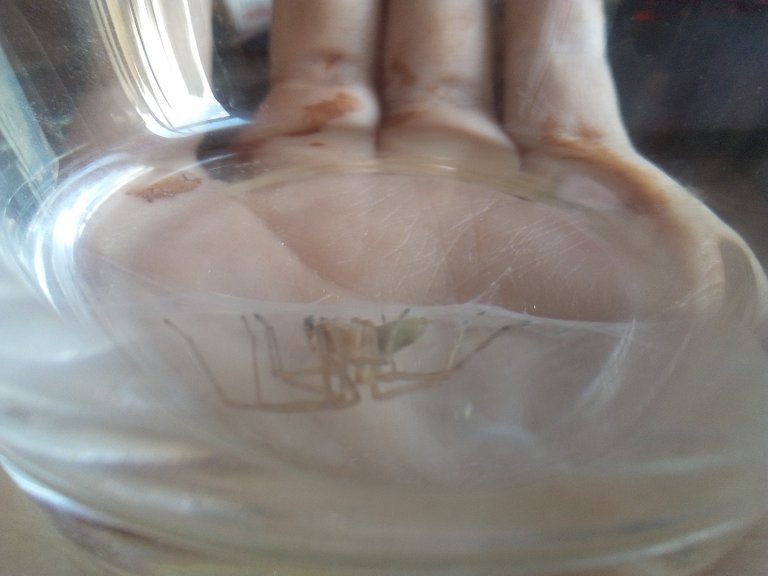
Sac spiders are iconic, at least in South Africa. In part, due to the misconception about them being passed down from parents to children. Which is understandable, we all want our family to stay safe. So when I found this strapping lad in his sac inside one of my whiskey glasses, I knew right away that he was a sac spider.
Because of his long legs and plain yellow body, it was easy to identify him as being part of the family Cheiracanthiidae. And that face and black feet with the slightly green abdomen, along with the wide-spread nature of this species, I deduced he was C. furculatum. As with any identification done without a microscope, I could be wrong, but it's pretty much easy to identify this male sac spider.
Using apps like Google Lens is a great tool to start off with, but is by no means an accurate identification of any spider. Always check with your country's arachnology society for any books or guides to better identify a spider. And if you're into researching and really want to know what spider/s you've found, the best place to look is in the literature available in the World Spider Catalog.
• DESCRIPTION •
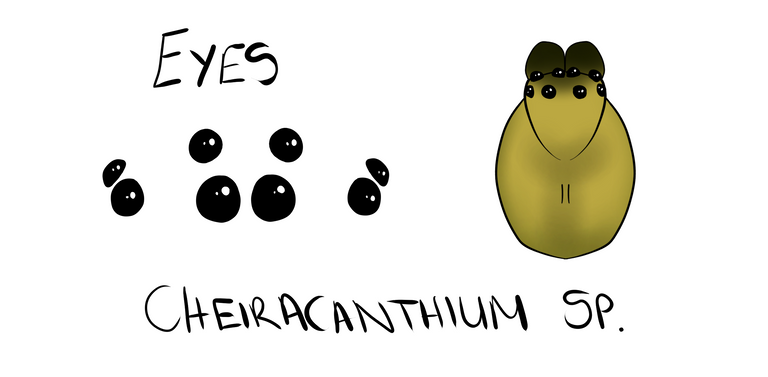
Taxon:
- Class: Arachnida
- Order: Araneae
- Infra-Order: Araneamorph (true spiders)
- Family: Cheiracanthiidae
- Genus: Cheiracanthium
- Species: C. furculatum
Female
Looks like the male, but without the enlarged tarsi on the pedipalps and with more rounded and larger abdomen.
Male
Around 10mm in body length. Leg span of approximately 25mm diagonally.
Cephalothorax:
Pale yellow carapace and sternum. No markings or patterns. Long jaws, dark brown, almost black. Pedipalps are yellow fading into long thin but swollen black tarsus.
Abdomen:
Abdomen pointy oval, yellow with greenish tint, almost same length as cephalothorax.
Legs:
Long yellow legs, of which 1st pair longest and 3rd pair shortest, legs ending in dark brown of tarsus.
• ABOUT THE GENUS •
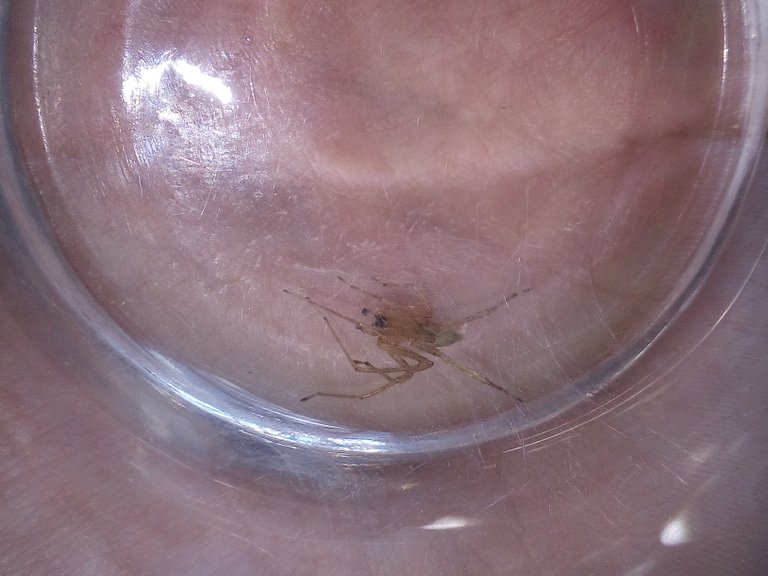
This genus of long-legged sac spider is endemic to Africa, having been confirmed to occur in over 20 countries. In South Africa, they've been reported in all 9 provinces, thus the name the Common House sac spider. They are also found in several other countries, mainly in what's referred to as the Old World, which are Europe and Asia along with Africa.
As mentioned above, these spiders are harmless, only leaving you with a bit of pain from the bite if they feel threatened. Like all sac spiders, Cheiracanthium spiders build a sheet of tough webbing in tight spaces such as the folds of clothes, corners of cornices, etc. These sacs are a temporary hide-away where the spider can rest, shed, mate, and lay eggs. Their safe space.
They're very skittish spiders so a gentle touch to their hind legs with something soft like a paint brush or your finger (very gently) will get them running away, making them easy to remove from clothing.
Another amazing fact about the spiders in the genus of Cheiracanthium is that they're partake in omnivorous behaviour! Unlike most spiders who exclusively eat other arthropods and even reptiles, birds, and mammals (i.e carnivorous), Cheiracanthium spiders are one of the few that sometimes eat plant matter, like nectar. This may give them an advantage over other spiders in terms of energy 2.
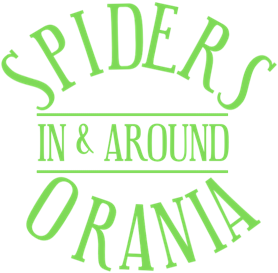
probably in here we have different species, but I already saw these sacs in my lawn , I love to know that they are around! Love predators like spiders, ladybugs, dragonflies and even wasps. I know that they make my backyard safer!

!1UP
For certain, great spoods to keep those midges and mozzie populations in check.
You have received a 1UP from @gwajnberg!
@stem-curator
And they will bring !PIZZA 🍕.
Learn more about our delegation service to earn daily rewards. Join the Cartel on Discord.
Ouch!
Great write up on this species. Spiders are creepy but cool.
Thanks! Yeah, the bite is a little sore, but not so bad. They are indeed really cool. The creepy thing is apparently an inherited phobia of sorts from long ago when arachnids were a little more harmful than they are today. But like any fear, getting more knowledge on them erases the fear.
I also imagine that in the ancient past, when we did not have the protection of modern civilization, we were in bigger danger of a negative interaction with spiders, particularly in warm tropical climates. I found this excellent article on prehistoric spiders.
Definitely, the lack of knowledge on basic hygiene and how to treat and keep wounds clean has helped us survive so much that would have killed our ancestors.
And that spider article is awesome! I haven't heard of this development, but it's amazing. I always figured orb-weavers were the oldest of the true spiders, but it seems the net-casters beat them in this case. hanks to linking it!
Yay! 🤗
Your content has been boosted with Ecency Points, by @anikekirsten.
Use Ecency daily to boost your growth on platform!
Support Ecency
Vote for new Proposal
Delegate HP and earn more